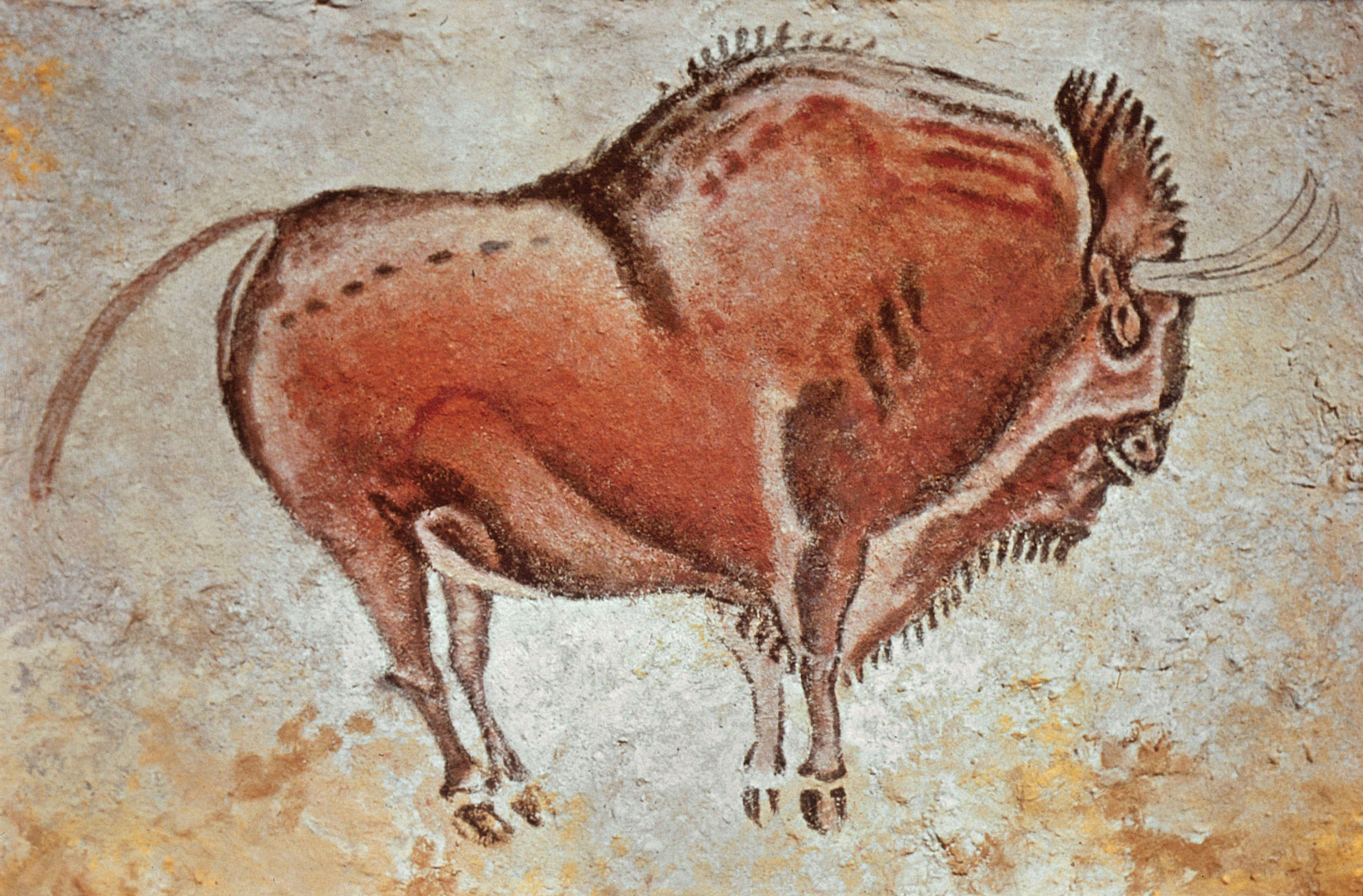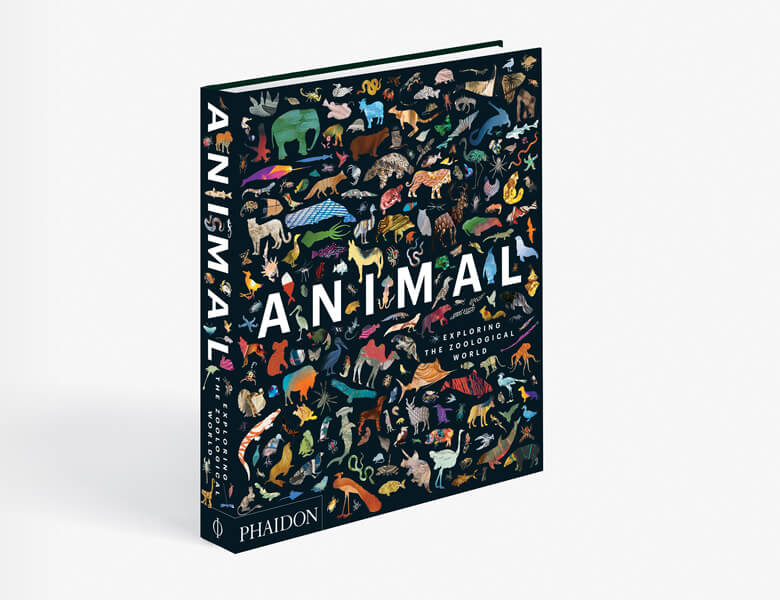
Astonishing Animals – The Steppe Bison
Painted 17,000 years ago, using sophisticated techniques, there's a lot more to this image than you think
One of the reasons ancient cave painting is so compelling is that we will likely never fully understand the true meaning of the images created, in some cases, over 30,000 years ago.
This depiction of a steppe bison, (c.14,820 – 13,130 BC) is one of the many incredible ones featured in our new book Animal: Exploring the Zoological World. It is so detailed and lifelike it's nearly beyond comprehension that it was painted approximately 17,000 years ago on a ceiling deep inside a dark cave in what is now northern Spain.
Purely the fact that this painting has remained so remarkably intact is highly notable. Along with other paintings in the Cave of Altamira, it is one of the finest examples of Palaeolithic art ever discovered. Our ancestors who painted these walls made pigments by grinding powder from sources such as ochre and charcoal, before applying them to the walls using sophisticated techniques such as blowing them through bone airbrushes.
We know that what we see here represents an outstanding achievement of teamwork, and many hours of labour. The question of quite why our ancestors went to such lengths to depict the animals that surrounded them is one we might never know the answer for.

Whilst a human preoccupation with documenting the animal kingdom exists to this day, (which is why we're publishing the book!) these paintings relay perhaps a way for the hunter to better connect with the spirit of their prey, or an invocation of magic. One thing is clear - such a huge effort was hardly likely to be simply a way of whiling away the hours.
See more of 300 plus ways we have documented the animals around us throughout time by ordering a copy of Animal: Exploring the Zoological World here. And check out our previous stories on Sir Edwin Landseer's Monarch of the Glenn, Underwater photographer Alexander Semenov's Lion's Mane Jellyfish and Cai Guo-Qing's Heritage.